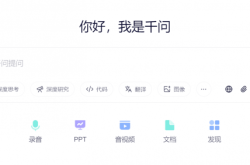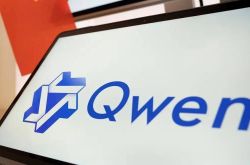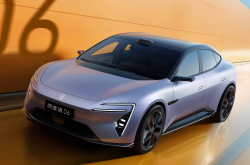Strong provincial capital rivalry: Hefei accelerates its approach to Jinan
![]() 04/16 2025
04/16 2025
![]() 826
826
◎By F.Lin.
Jinan, where the decline in permanent residents has stopped and started to rebound, is still one step away from becoming a "city with a population of 10 million".
According to the 2024 Jinan Statistical Bulletin released on March 24th, Jinan's permanent resident population has rebounded significantly compared to the previous year.
The statistical bulletin shows that Jinan has a noticeable population agglomeration effect. At the end of 2024, the permanent resident population was 9.515 million, an increase of 78,000 people or 0.8% over the previous year.
Hefei, which has always been competing with Jinan, achieved a significant breakthrough in 2024: with a permanent resident population of 10.002 million, it joined the ranks of "double-ten million" cities, becoming the fourth in the Yangtze River Delta region and the 18th in the country with a population of over 10 million.
In recent years, Hefei's permanent resident population has been surging.
In 2023, Hefei ranked first in the country in terms of population growth among cities, with an increase of 219,000 permanent residents. In 2024, it ranked second nationwide with an additional 149,000 residents.
Data shows that from 2022 to 2024, Hefei's permanent resident population increased by a cumulative 537,000 people.
The rapid growth of Hefei's permanent resident population benefits from the dual push of industrial transfer from the Yangtze River Delta and the return of talents from within the province.
In 2024, Hefei's net growth in migration was 131,000 people, accounting for 87.9% of the net increase in permanent residents. Furthermore, a significant portion of Hefei's incoming migrants come from other cities within the province.
The "China Migrant Population Development Report" has disclosed the sources of migrant populations in major cities in the Yangtze River Delta, and the data shows that:
The top five sources of Hefei's migrant population are all cities within the province, including Anqing, Wuhu, Bozhou, Tongling, and Hefei's suburban counties.
An important reason behind this is that in the process of actively undertaking industrial transfers from core cities in the Yangtze River Delta, Hefei has achieved local industrial transformation and upgrading, thereby attracting a large number of Anhui residents to return home.
At the same time, the rise of emerging industries has also made Hefei a favorite among high-level talents.
Data shows that in 2024, Hefei added 350,000 newly employed university students to its social security system, with a cumulative increase of over 1 million employed university students insured in the past three years.
Jinan and Hefei have many similarities. The GDP of the two cities is comparable, and the annual competition for GDP "promotion" is fierce. Both cities also receive resource support from the province under the strong provincial capital strategy and have annexed neighboring prefecture-level cities.
However, based on 2024 data, the GDP gap between the two cities has narrowed to 2 billion yuan. At the same time, Hefei's GDP growth rate is 0.7 percentage points higher than Jinan's, showing strong momentum.
Particularly crucially, in the past few years, Shandong has vigorously implemented the strong provincial capital strategy, hoping that Jinan will play the role of a supercity that plays a key role in attracting leading enterprises and innovative talents.
Obviously, Jinan has failed to shoulder this important responsibility.
On the other hand, Hefei has seized the key opportunity to integrate into the Yangtze River Delta, maximizing the advantages of Yangtze River Delta integration, and forming a virtuous cycle of "industrial upgrading - talent aggregation - innovative breakthroughs".
Comparing the development speeds of the two cities in recent years, it may only be a matter of time before Hefei surpasses Jinan.
1
First, let's look at the comparison between Jinan and Hefei in terms of major economic indicators.
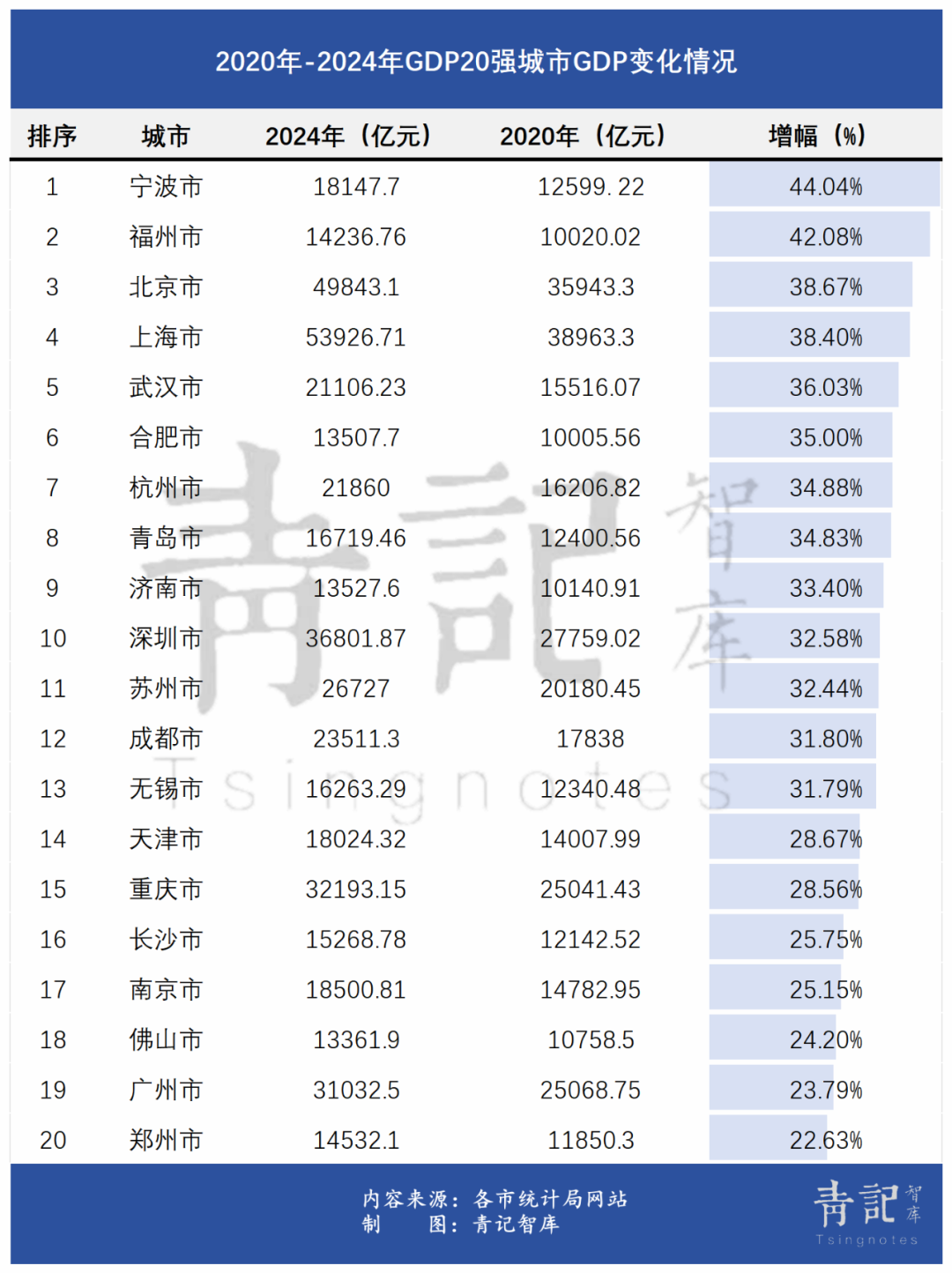
In 2024, Jinan's GDP was 1,352.76 billion yuan, with a year-on-year growth rate of 5.4%, 0.3 percentage points lower than Shandong Province's 5.7%.
Behind Jinan, Hefei's GDP in 2024 totaled 1,350.77 billion yuan, with a year-on-year growth rate of 6.1%, 0.3 percentage points higher than the GDP growth rate of Anhui Province as a whole.
In terms of total volume, the GDP gap between the two cities has narrowed to 2 billion yuan.
Moreover, Hefei's GDP growth rate is 0.7 percentage points higher than Jinan's, showing strong potential.
Looking at a longer timeline, over the past five years, Jinan has lagged behind Hefei in the growth rates of key indicators such as GDP and general public budget revenue.
From 2020 to 2024, the GDP growth rates of Jinan and Hefei were 33.4% and 35%, respectively, ranking 9th and 6th among the top 20 cities in GDP.
The five-year growth rates of general public budget revenue for the two cities were 19.53% and 25.18%, respectively, with Jinan accounting for only slightly more than 70% of Hefei's.
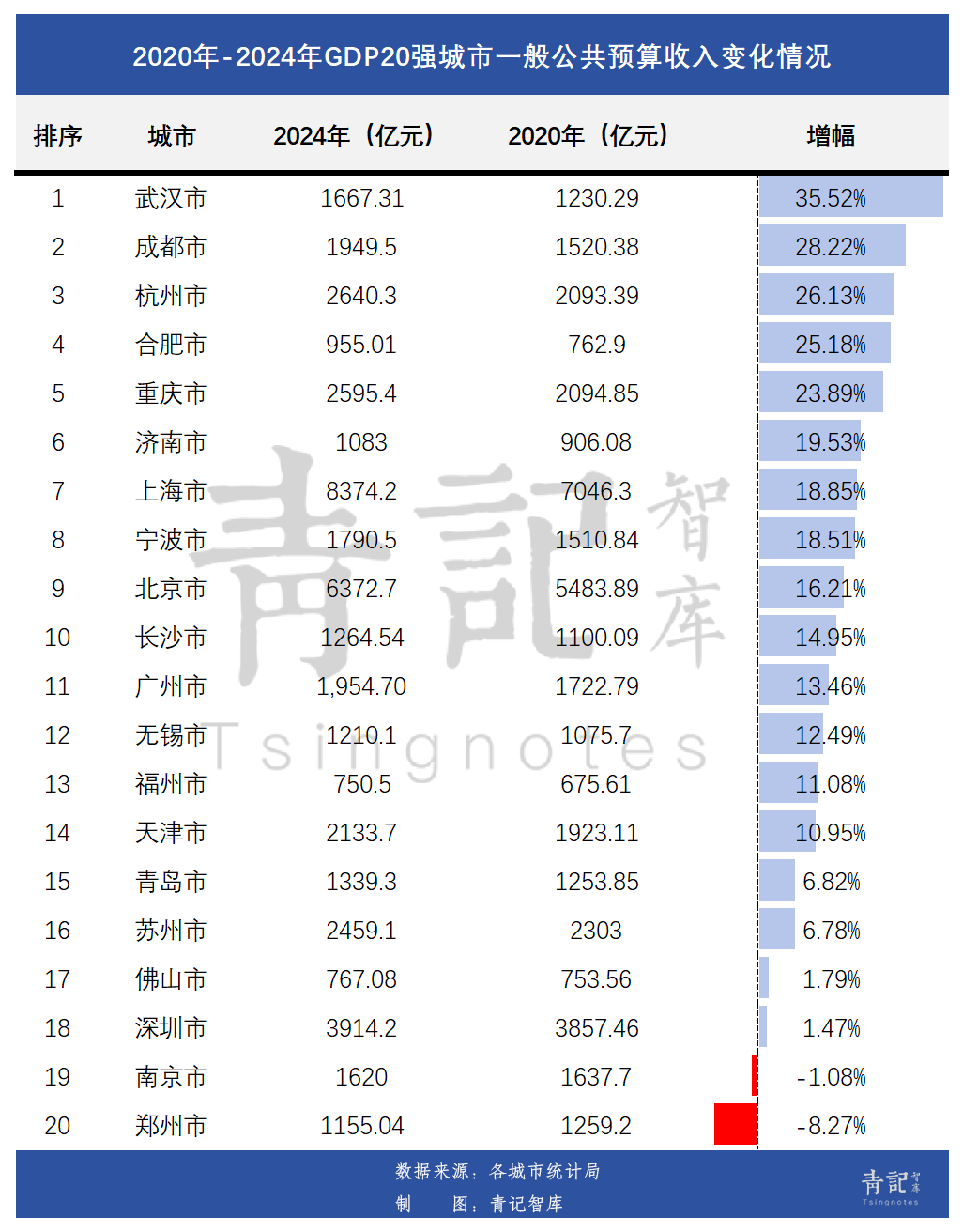
In terms of total funds, Hefei's total funds in 2024 were 3,084.33 billion yuan, surpassing Jinan's (3,046.26 billion yuan) to rank 17th, with a two-position increase from the previous year. Jinan fell three positions from the previous year to rank 18th.
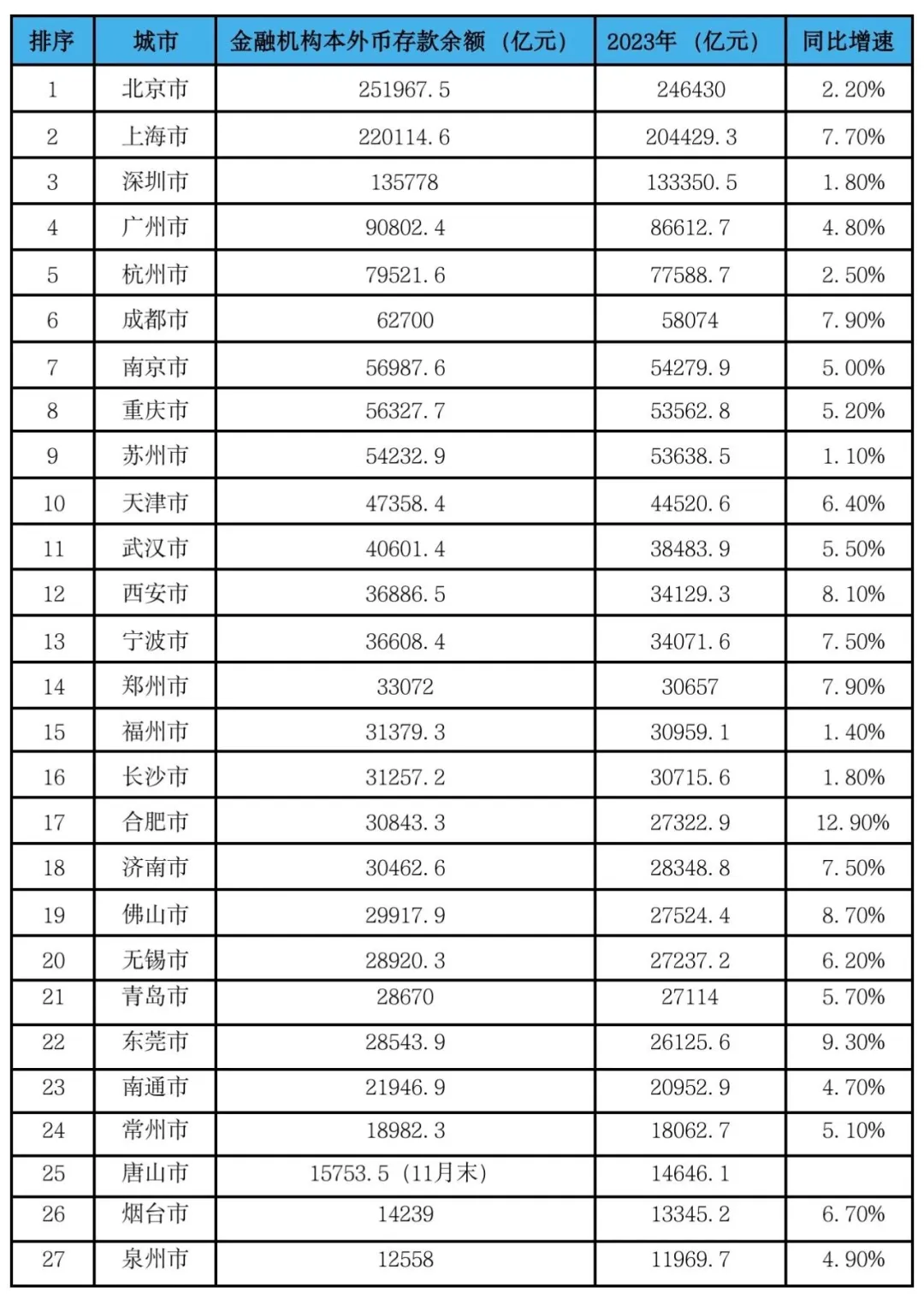
2
A comprehensive comparison of various indicators between Hefei and Jinan reveals that industry is one of the key indicators affecting the comprehensive strength of the two cities.
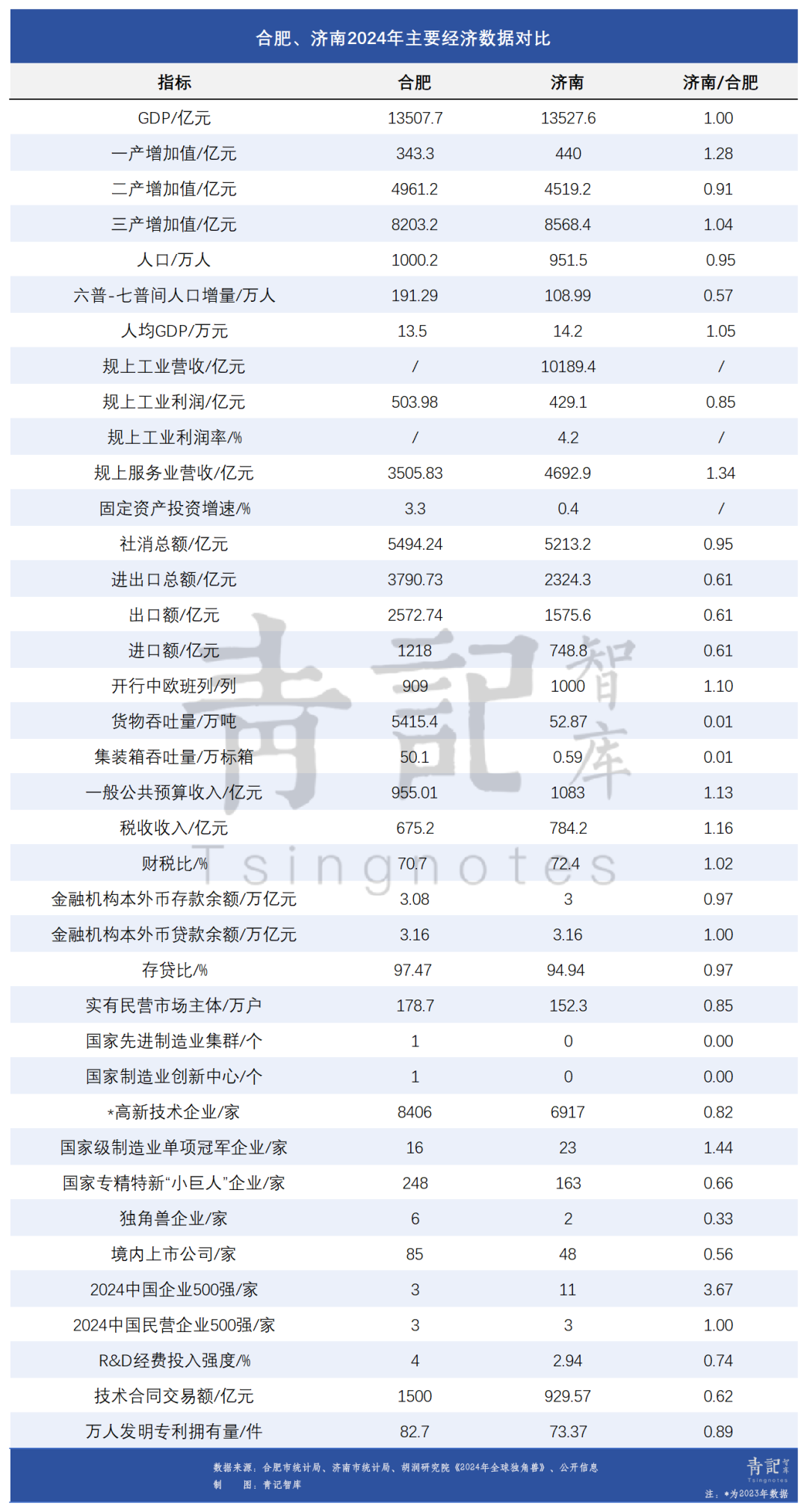
In 2023, the value-added of above-scale industries in Jinan increased by 12.4% year-on-year, 2.4 percentage points higher than Hefei's.
However, in 2024, the value-added of above-scale industries in Jinan increased by 6.5% year-on-year, far lower than Hefei's 14.8%.
The upgrading and transformation of high-tech industries are the main reasons for Hefei's rapid economic development and surging population.
In recent years, Hefei has focused on the strategic emerging industrial system of "chips, screens, automobiles, and integration, collectivity, lifelong learning, and intelligence" to promote local industrial transformation and upgrading.
For example, Hefei's integrated circuits, new displays, and artificial intelligence industries have been selected as national-level strategic emerging industry clusters, with the number of selections ranking at the forefront among cities nationwide.
In terms of new energy vehicles, Hefei produced 1.376 million new energy vehicles in 2024, surpassing Shanghai and ranking second nationwide in 2024, Second only to Shenzhen .
In 2024, the output value of Hefei's strategic emerging industries increased by 12.6% year-on-year, reaching a new high in the past 24 months, accounting for 55.8% of the city's above-scale industrial output value.
3
Compared to Hefei's rapid progress in the industrial sector, Jinan's weakness in its industrial foundation is fully exposed.
In 2024, the growth rate of Jinan's value-added of above-scale industries was 1.6 percentage points lower than the province's average, and there was also a significant gap compared to Qingdao, Weifang, and Yantai.
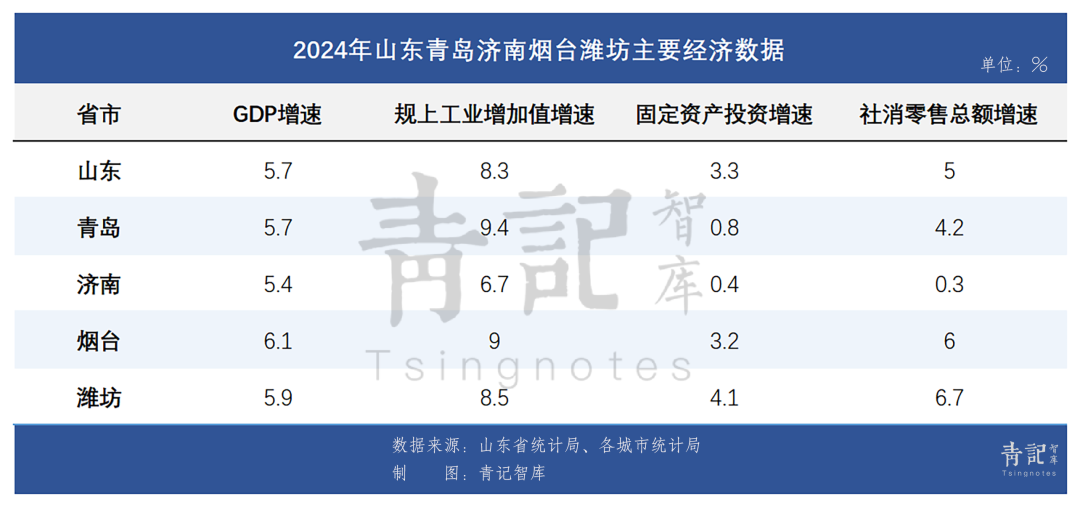
Among key industries, Jinan's computer, communications, and other electronic equipment manufacturing, as well as automobile manufacturing, achieved double-digit growth in value-added, with growth rates of 43.3% and 19.5%, respectively, jointly driving the growth of above-scale industries by 5.2 percentage points.
Compared to the 133.3% growth rate of value-added in the automobile manufacturing industry in 2023, the pull effect of the automobile manufacturing industry on Jinan's industry has declined significantly.
At the same time, long-term pillar industries in Jinan, such as ferrous metal smelting and rolling processing, general equipment manufacturing, petroleum, coal, and other fuel processing, and pharmaceutical manufacturing, have seen declines of varying degrees, with declines of 5.9%, 2.3%, 1.1%, and 0.7%, respectively.
In 2023, Jinan's industry surged thanks to projects such as BYD's vehicle factory coming online. However, after embracing BYD as a major player, Jinan seems to have made no other iconic significant moves in the industrial sector.
Due to its weak industrial foundation and lack of clustering effects, Jinan's industrial development mainly relies on project attraction. As a result, once Jinan's industrial investment declines and project reserves are insufficient, its industrial performance will be significantly affected.
4
In addition to the industrial structure, the gap between Jinan and Hefei is also reflected in their scientific and technological innovation capabilities.
In terms of R&D expenditure intensity, Hefei and Jinan are at 4% and 2.94%, respectively, with Hefei being approximately 1.4 times that of Jinan.
In terms of technology contract transaction volume, Hefei and Jinan are at around 150 billion yuan and 92.957 billion yuan, respectively, with Jinan only accounting for slightly more than 60% of Hefei's.
In terms of national-level specialized and new "little giant" enterprises and unicorn enterprises that reflect corporate innovation capabilities, the gap between Jinan and Hefei is also quite significant.
In terms of national-level specialized and new "little giant" enterprises, Hefei and Jinan have 248 and 163, respectively, with Jinan accounting for only slightly more than 60% of Hefei's.
In terms of unicorn enterprises, Hefei and Jinan have 6 and 2, respectively, with Jinan accounting for only one-third of Hefei's.
In 2024, the newly revised national territorial spatial plans of Jinan and Hefei were successively approved, clarifying the development roadmaps for the next stage of the two cities.
Among them, in terms of city nature, Jinan is designated as a "significant central city in the Yellow River Basin, a national historical and cultural city, and a national comprehensive transportation hub city," while Hefei is a "significant central city in the Yangtze River Delta region and a national comprehensive transportation hub city."
In terms of city functions, Jinan is a "northern advanced manufacturing base, northern commerce and logistics center, and regional scientific and technological innovation highland," while Hefei is a "central advanced manufacturing base, regional scientific and technological innovation highland, and international air cargo distribution center."
Obviously, Jinan and Hefei are positioned at the same level in terms of manufacturing and technological innovation.
In the future, the two cities will continue to maintain their competitive rivalry.


